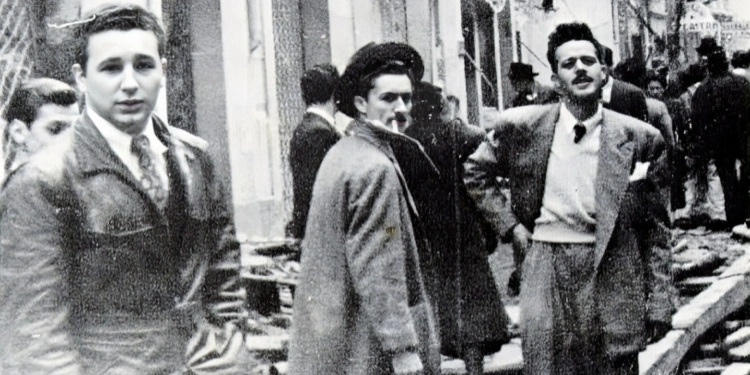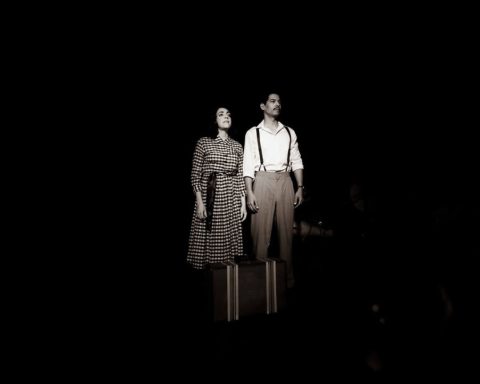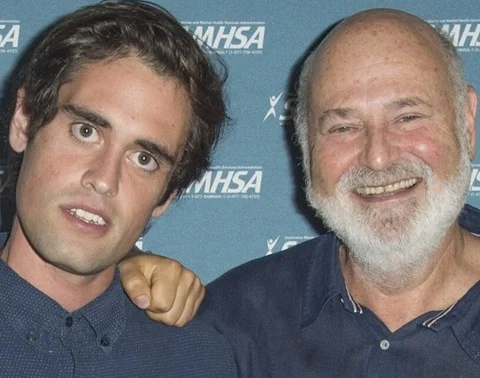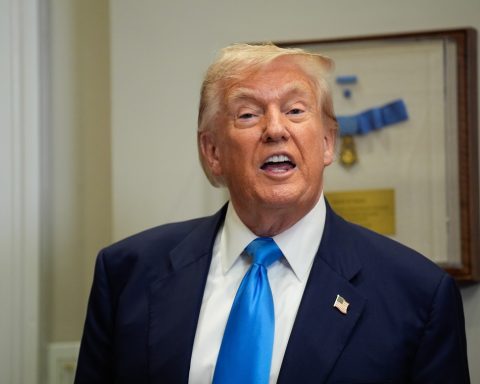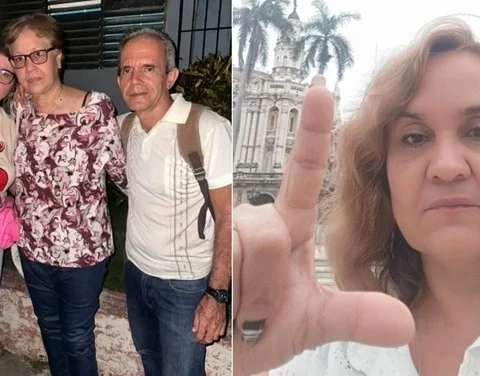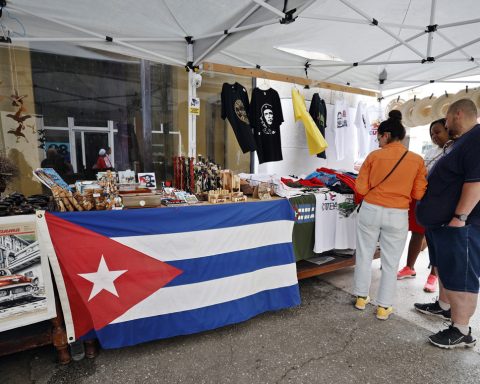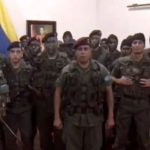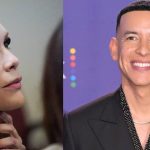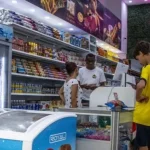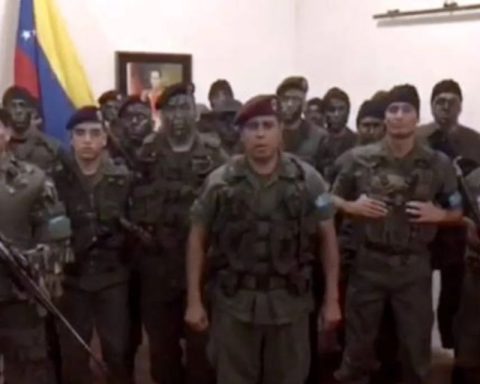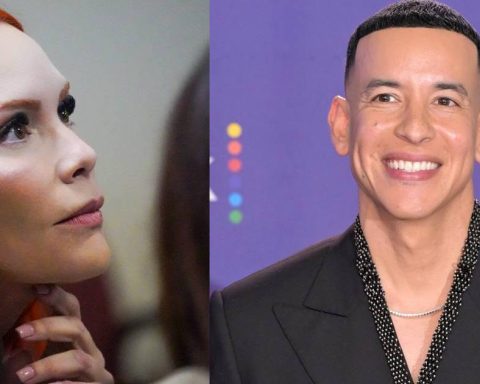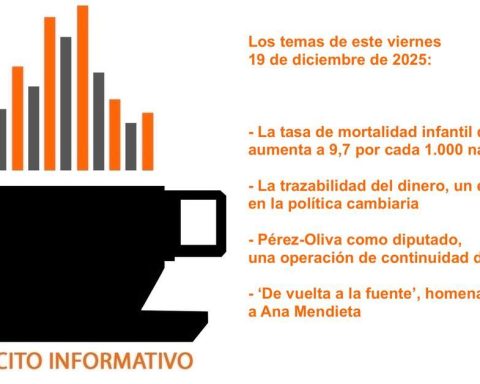SAN LUIS POTOSÍ, Mexico.- In April 1948, the assassination of the populist leader Jorge Eliecer Gaitan It triggered a series of violent acts that caused chaos in the city and became known as “El Bogotazo.” The then young Fidel Castro, at 22 years old, became involved in what the dictator later described as “another adventure” of his life.
Castro, law student from the University of Havana, was in Bogotá to participate in the Latin American Student Congress, which was taking place in conjunction with the IX Pan-American Conference, where the Charter of the Organization of American States (OAS) was adopted.
In Bogotá, with Fidel were two other young people, Enrique Ovares, president of the Federation of University Students (FEU) and Alfredo Guevara, secretary of the organization.
Colombian students put Castro in contact with Jorge Eliécer Gaitán and they met on April 7, 1948. “I found a person of medium height, Indian-like, intelligent, smart, friendly. How friendly he was to us! How affectionate! He gave us some of his speeches along with other materials, he was interested in the congress and promised to close it with a mass event at the Cundinamarca stadium,” the dictator recalled in a statement. interview with the journalist Katiuska Blanco, who collected the anecdotes in the book Fidel Castro Ruz. Guerrilla of time.
On April 9, however, Gaitán was shot and Castro’s plans were thwarted. Allegedly, as Castro points out, Luis Cinowas shot dead by Juan Roa Sierra, a mentally disturbed young man who had asked the liberal leader for help in finding a job.
One hypothesis about his death suggests that the leadership of the Conservative Party was behind the murder and that Juan Roa Sierra was only the executor of the murder plan, but this could never be proven.
The moment marked a turning point in Colombia in 1948. Thousands of dead, buildings looted and burned were the closing of the days unleashed on April 9, 1948.
An enthusiastic Fidel Castro in the midst of the revolt
Fidel described it as just another “adventure” during his time in Colombia. “No one can imagine the great adventures I experienced in such a short time!”
The day of the death of Gaitanhe plunged into the angry mob. He decided to go out to see what was happening and with a “iron” in hand he went to the area where the murdered leader’s office was located.
Exultant, the young Fidel found the opportune occasion to address the population, perhaps the only way the bourgeois student found to get involved.
“When I came out onto the street, I saw people smashing shop windows. At one point there was a mixture of actions and emotions, they weren’t stealing yet but they were furious and smashing everything in their path. I tried to persuade some of them,” he said.
His contribution to the Bogotazo was to exclaim: “Why are you doing this? Don’t do this.” He also asked them “not to destroy, because I immediately realized that if they started destroying, they would create a bad image and popular displeasure.”
The “savior” Fidel, the image of him that he wanted to perpetuate in the book of his ever faithful biographer Katiuska Blanco, was an image of fear and uncertainty: “It was like trying to hold back a swollen river with your hands.”
Against the typewriter
There is also an anecdote from that day about when he threw a typewriter at a young man who turned out to be Gariel García Márquez.
“I arrived at a park and saw a man hitting and beating a typewriter, trying to break it. I saw him so distressed and having such a hard time breaking it that I said to him: ‘Wait, don’t despair, give it to me here,’ and I grabbed the typewriter and threw it up. That was the idea I had to help that man.” Years later, García Márquez admitted that he was the man with the typewriter.
He stayed away from the riots. Fidel Castro, Alfredo Guevara and Enrique Ovares took refuge in the Cuban Embassy after hearing the news that the police were on their trail. The Cuban authorities decided to take them back to Cuba.
“When I returned from El Bogotazo, when I seriously dedicated myself to studying, I was already mentally conditioned to become a socialist and communist without having studied Marxism,” he noted. But his participation in El Bogotazo has gone down in history as a fiasco.
